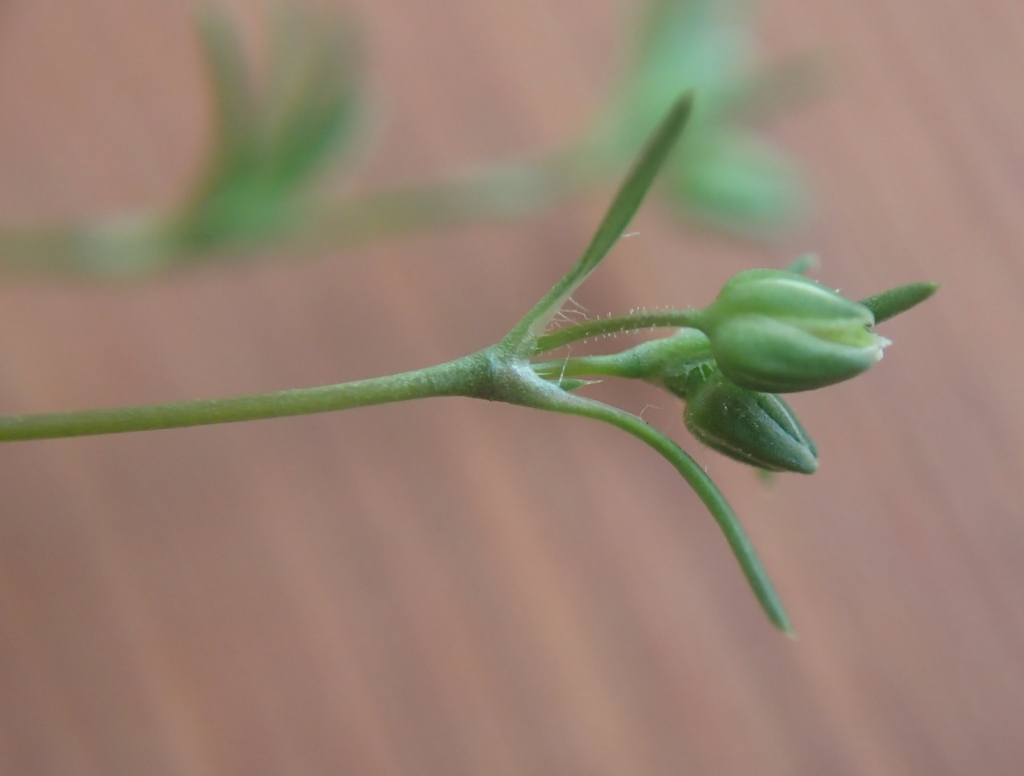Sagina
Annual or perennial, often tufted herbs; glabrous, ciliate or sparsely glandular-hairy. Leaves sessile, opposite; stipules absent. Flowers solitary, 4–5-merous, bisexual; bracts herbaceous or with narrow scarious margins; sepals 4 or 5, free; petals 4 or 5, entire, often minute or absent; stamens 4 or 8 (rarely 5 or 10); ovary 1-celled, with many ovules, styles 4 or 5. Capsule ovoid to subglobose, splitting to base into as many valves as styles; seeds numerous, minute, more or less reniform to obovoid or subglobose, with or without a dorsal groove, more or less tuberculate.
About 25 species, mostly native to the temperate Northern Hemisphere, South and East Africa, Papua New Guinea and the Andes. 5 species recorded for Australia, of which 1 is endemic in Tasmania, 1 more widespread native, 1 perhaps native and 2 naturalized.
Adams, L.G. (1996). Caryophyllaceae. In: Walsh, N.G.; Entwisle, T.J., Flora of Victoria Vol. 3, Dicotyledons Winteraceae to Myrtaceae, pp. 228–271. Inkata Press, Melbourne.
 Spinning
Spinning



